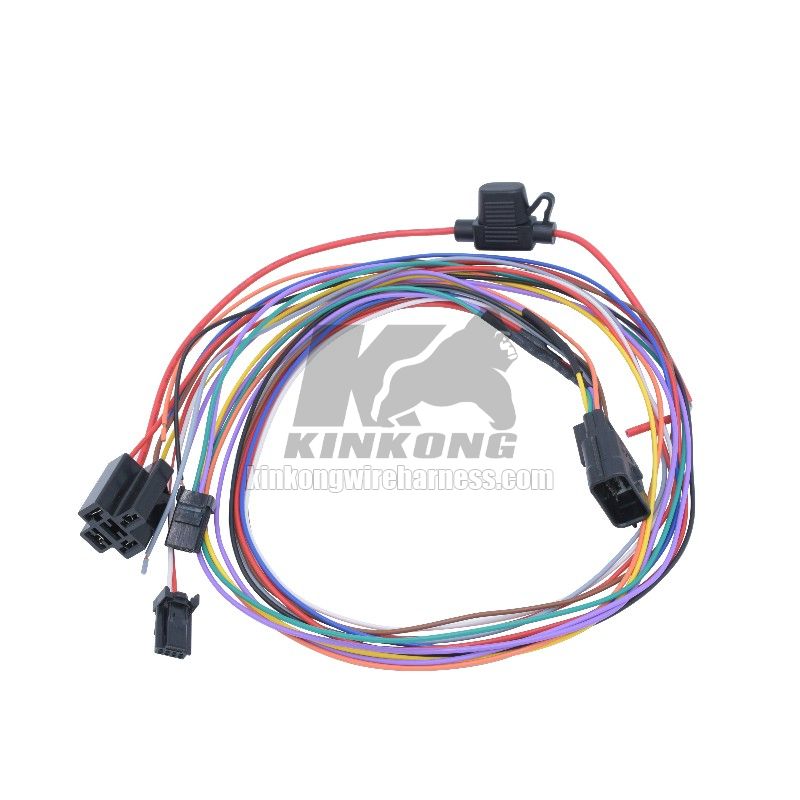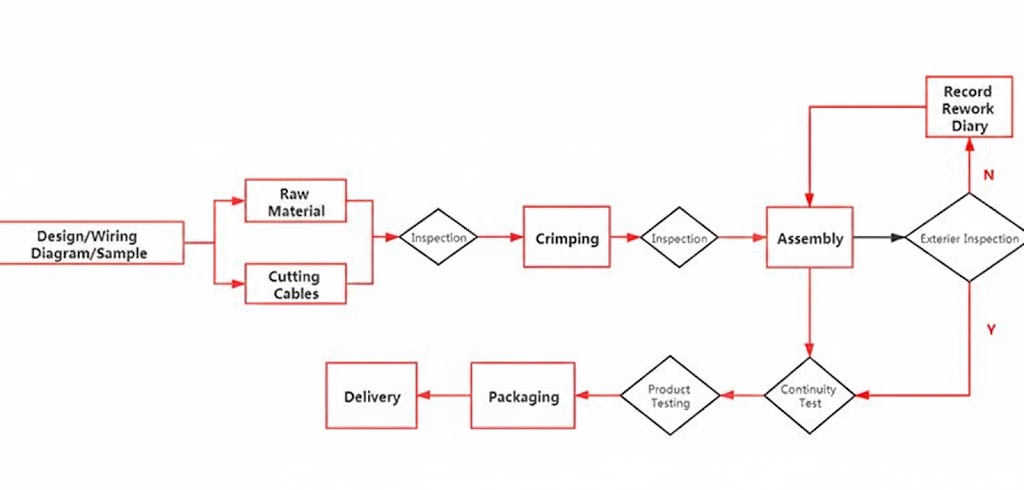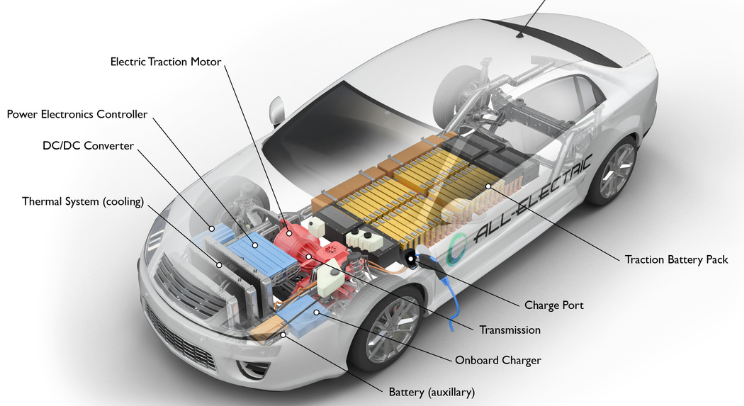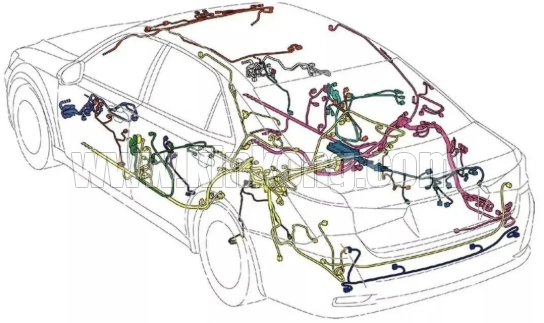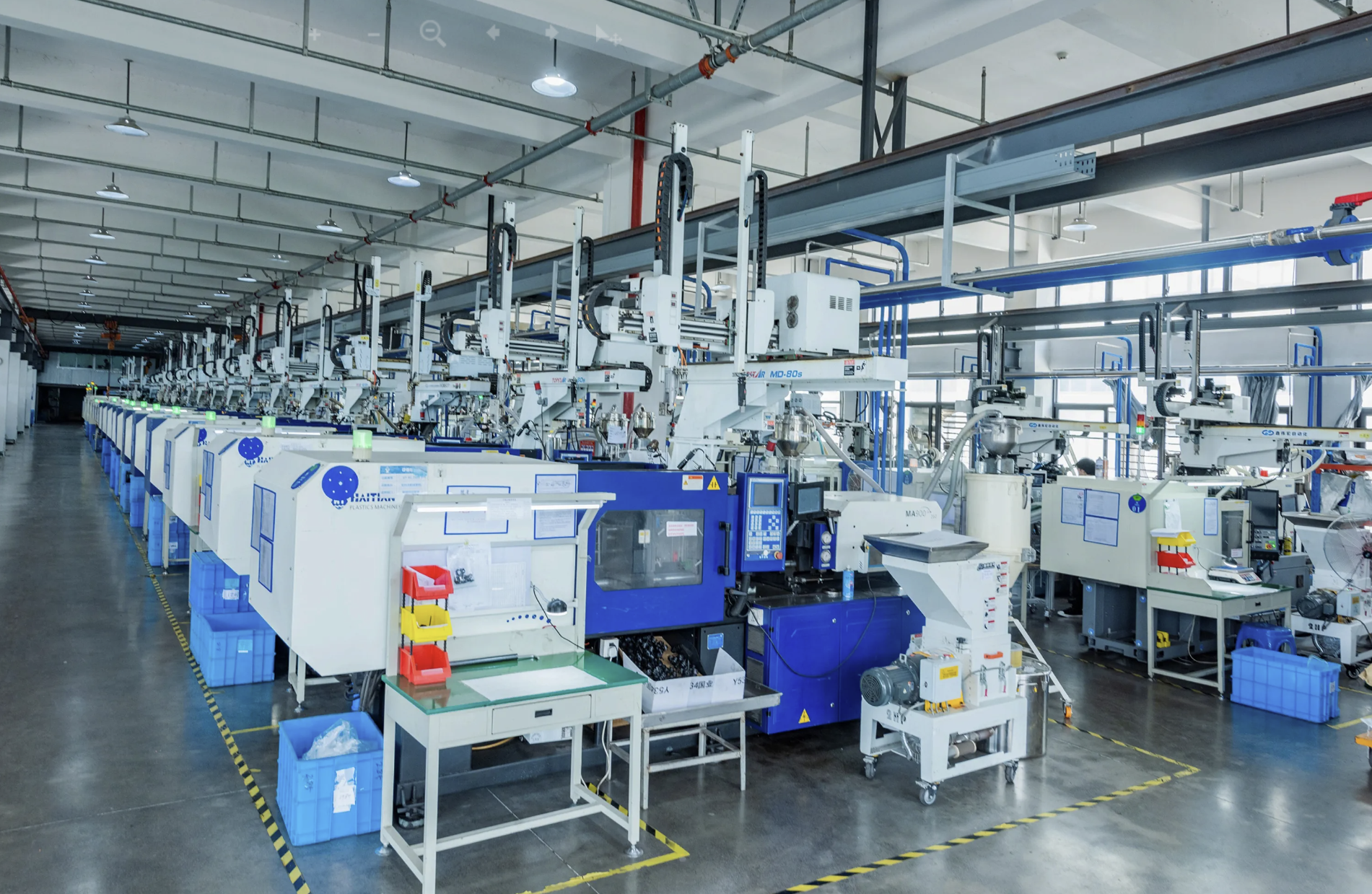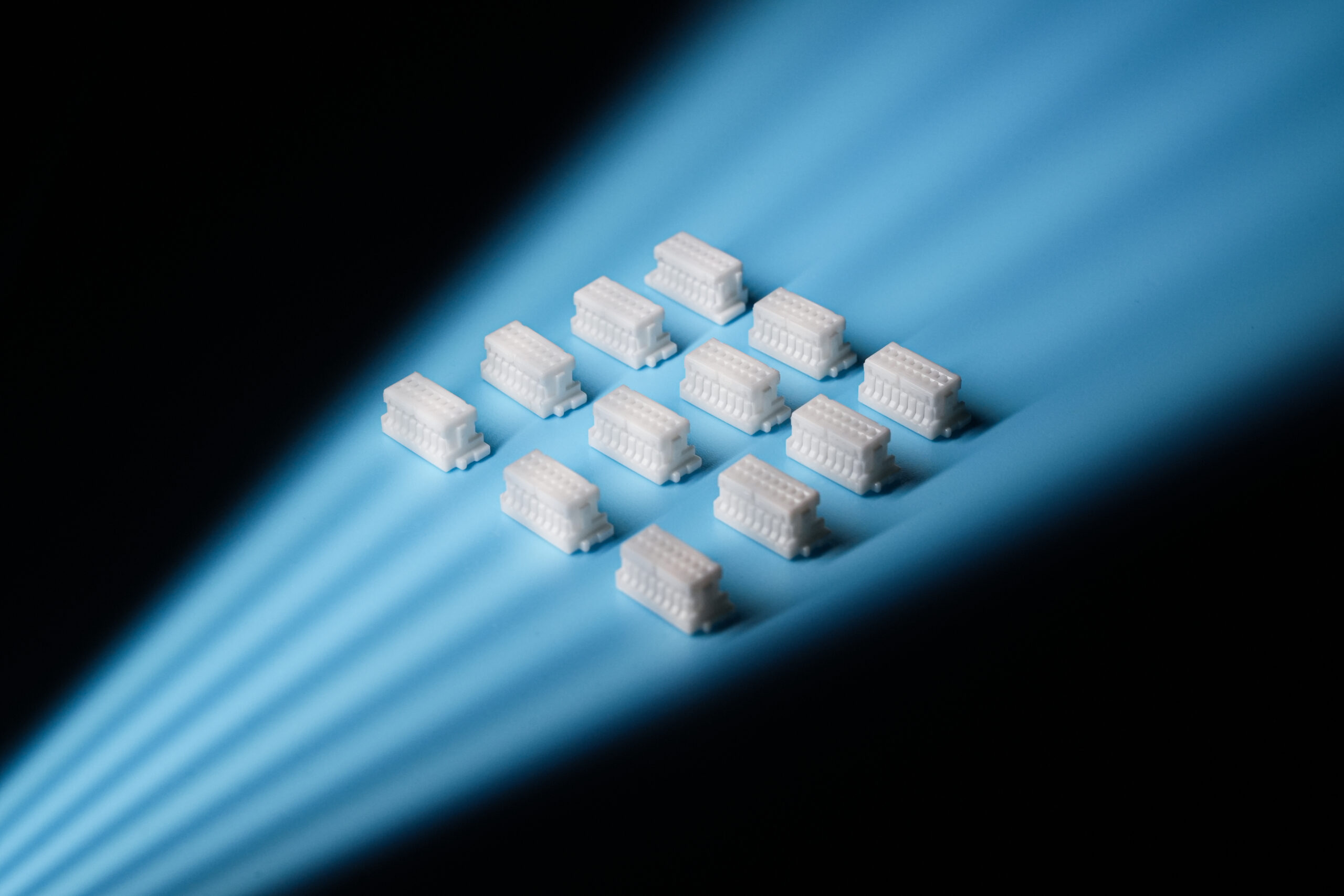In the vast system of automobiles, there’s a seemingly inconspicuous yet crucial component known as the automotive wiring harness. Though often overlooked, it actually bears significant responsibility for the functionality of a vehicle’s electrical system. This article will reveal the importance, structure, and role of automotive wiring harnesses in vehicles.
1. Structure of Automotive Wiring Harnesses
An automotive wiring harness consists of one or multiple wires bundled together, often woven or bound to form a unified assembly. These wires are typically insulated to protect them from environmental factors such as moisture, dust, and chemicals. The design of the harness aims to organize the wiring of circuits neatly, facilitating maintenance and repairs.
2. Importance of Automotive Wiring Harnesses
Automotive wiring harnesses play a crucial role in the electrical system of vehicles. They connect various electronic components such as Engine Control Units (ECUs), sensors, lighting systems, audio systems, and more. Through the harness, these devices can communicate with each other and connect to the vehicle’s main power system, ensuring the proper functioning of the entire electrical system.
3. Functions of Automotive Wiring Harnesses
Automotive wiring harnesses serve several functions in a vehicle:
- Electrical Power Supply: Harnesses deliver power from the battery to various components of the vehicle, such as the engine, lights, air conditioning system, etc.
- Signal Transmission: They transmit signals from various sensors and control units to monitor and control various functions of the vehicle.
- Data Transmission: Wiring harnesses are also used to transmit diagnostic data from the vehicle, facilitating troubleshooting and repairs.
4. Maintenance and Care of Automotive Wiring Harnesses
Due to the critical functions they serve, maintaining and caring for automotive wiring harnesses is essential for the proper operation of a vehicle. Here are some maintenance tips:
- Regular Inspection: Periodically check for signs of damage, wear, or evidence of rodent chewing on the harness.
- Cleaning: Keep the harness clean to prevent the accumulation of oil or other debris, which could lead to electrical faults.
- Temperature Consideration: Avoid exposing the harness to extreme high or low temperatures, as this could affect its insulation properties.
Conclusion
While automotive wiring harnesses may not always be in the spotlight, they are integral components of a vehicle’s electrical system. Understanding their structure, importance, and maintenance methods can help us better care for our vehicles, ensuring they operate safely and efficiently.
